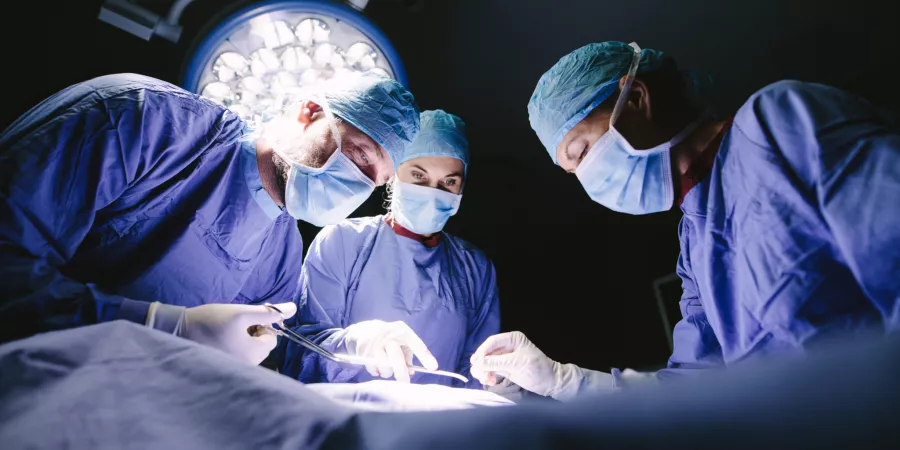3 ways 3D modeling can reduce surgery costs in your hospital
The COVID-19 pandemic has put tremendous financial stress on hospitals around the world. This is in part due to the postponement or cancellation of elective procedures, especially orthopedic surgeries, which are among the most profitable for these hospitals.
To remain financially solvent, hospitals are being faced with the pressure of finding ways to move through the backlog as quickly as possible and drive surgery costs down. The answer may lie in the use of 3D printed patient-specific anatomical models derived from 2D medical scans. Here are three ways in which 3D printed anatomical modelling can drive down surgery costs:
1. Improvement in pre-operative planning
The main tool used by surgeons to plan a surgery, the 2D medical scans of a patient’s anatomy, can be difficult to interpret, which can lead to delays or inaccuracies in pre-operative planning and increased costs. There is growing evidence that access to a patient-specific 3D anatomical model provides surgeons with new and clearer insights into the pathology of their patients, not possible with a 2D scan. This allows them to more quickly and more precisely plan a surgery to achieve an optimal outcome, saving costs. In orthopedic cases particularly, surgeons have the opportunity to trial the procedure on the 3D-printed model, which can aid in selecting the correct instrumentation and patient-specific implants.
2. Reduction in intra-operative time
The increase in precision of pre-operative planning afforded by the use of a 3D-printed model positively impacts the operation itself. This is evidenced by this study, which looks at orthopedic and maxillofacial surgery cost savings achieved with the use of 3D-printed modelling. The authors demonstrated that, among seven studies detailing the use of 3D printed anatomical models in surgical care, on average 62 minutes of intra-operative time was saved per case, which equates to a significant surgery cost saving of $3,720.
3. Improvement in post-operative outcome
Lengthy surgical procedures increase a patient’s risk of complications and the likelihood of catching a hospital-acquired infection during or after the surgery. This in turn leads to longer hospital stays and potential readmission, which increases hospital costs. By reducing intra-operative time with the use of a 3D-printed anatomical model, these risks can be lowered, leading to a positive post-operative outcome for the patient, whilst also saving costs.
It is clear that adoption of 3D-printed anatomical modelling in hospitals can significantly reduce surgery costs whilst improving patient care. Additionally, the time saved in pre-operative planning and in the operating theatre can then be spent tackling the growing surgical backlog due to the COVID-19 pandemic.
Do you have a complicated patient case? What could we 3D print for your speciality? Find out if you’re eligible for a free patient-specific 3D printed model of your next patient case.
Request a free anatomical model




